The Jamaican cherry tree, also called the Jamaican strawberry, is a fast-growing, broadleaved, perennial plant prized as an ornamental as well as a backyard fruit source. It has prolific, eye-catching, rosy-colored berries.
The metallic sheen of the small red Jamaican cherries that hang from tree branches reminds me of tiny ornaments. Can you believe how beautiful they are?

Jump to:
🌿 Botanical
- FAMILY: Muntingiaceae
- GENUS: Muntingia
- SPECIES: M. Calabura
- TYPE: Perennial tree
- NATIVE: Southern Mexico, Central America, South America, Caribbean
- DISTRIBUTION: Tropical lowlands
📋 Common names
- ENGLISH - Jamaican cherry, strawberry tree, Panama berry, Singapore cherry, cotton candy berry, jamfruit, bird cherry, calabur tree
- INTERNATIONAL - aratilis, calabura, venevene, capulin blanco, bois d'orme, seresa, kersen, pala maram, takhop farang, cay trung ca, buah cheri, panjasaara pazham, kerukup siam
🌱 What is Jamaican cherry?
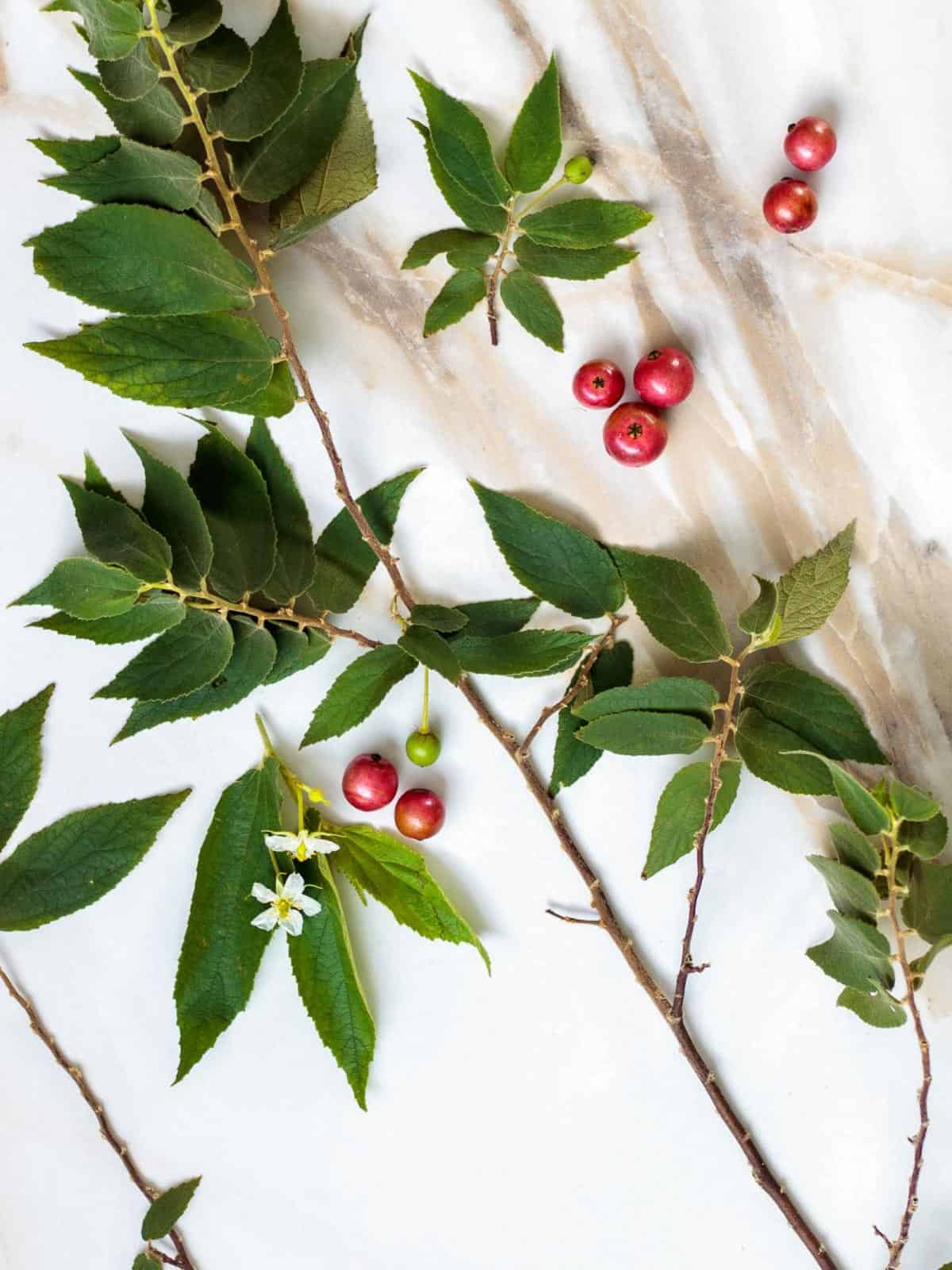
Jamaican cherry is the common name for Muntingia calabura, a tree native to southern Mexico, Central America, tropical South America, and some Caribbean islands.
With its sweet fruit and attractive growth, it's easy to understand why it has spread to many tropical and subtropical regions around the world.
📣 Top tip
Here is an audio link if you would like to know how to pronounce Muntingia calabura.
🥕Nutrition
Jamaican cherry fruit has notable levels of vitamins K and C, as well as the minerals calcium, iron, and potassium.
Like so many other tropical plants, it has a long list of medicinal benefits in traditional medicine. I love discovering new foods that are both nutritious and delicious!
🍒 Taste
Are you wondering what the tiny fruit tastes like? Well, don't let the name strawberry tree from Florida throw you off. Likewise, the word cherry is misleading.
Calabura berries don't have a pit inside and aren't tart. Instead, they have tiny imperceptible seeds and a flavor like.....are you ready for this? Cotton candy!
Fruit
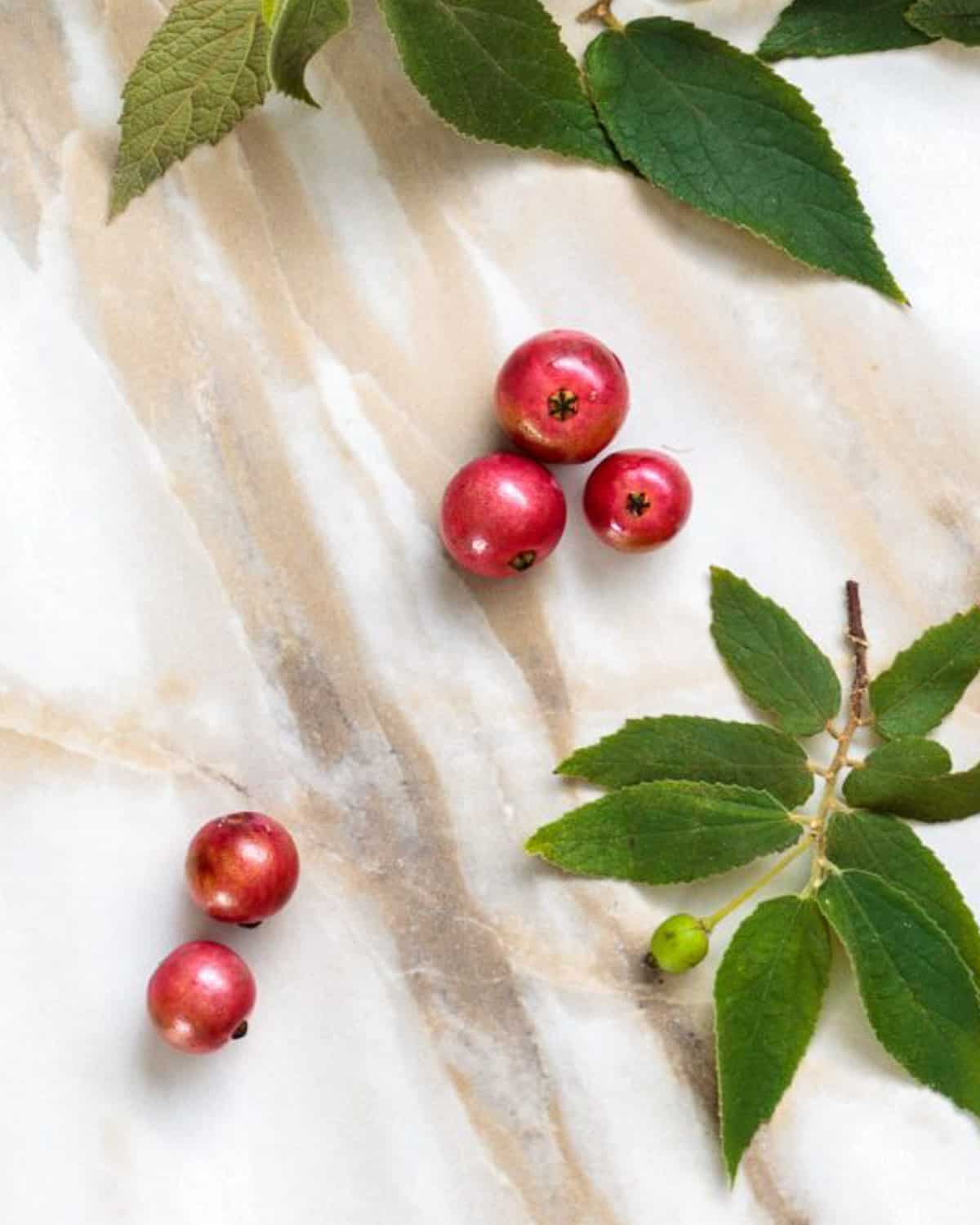
Though Jamaican cherry is widely cultivated and fruits year-round, commercial production is mostly non-existent.
Because the lovely fruit falls easily to the ground, there's a precious feel when collecting berries off the tree.
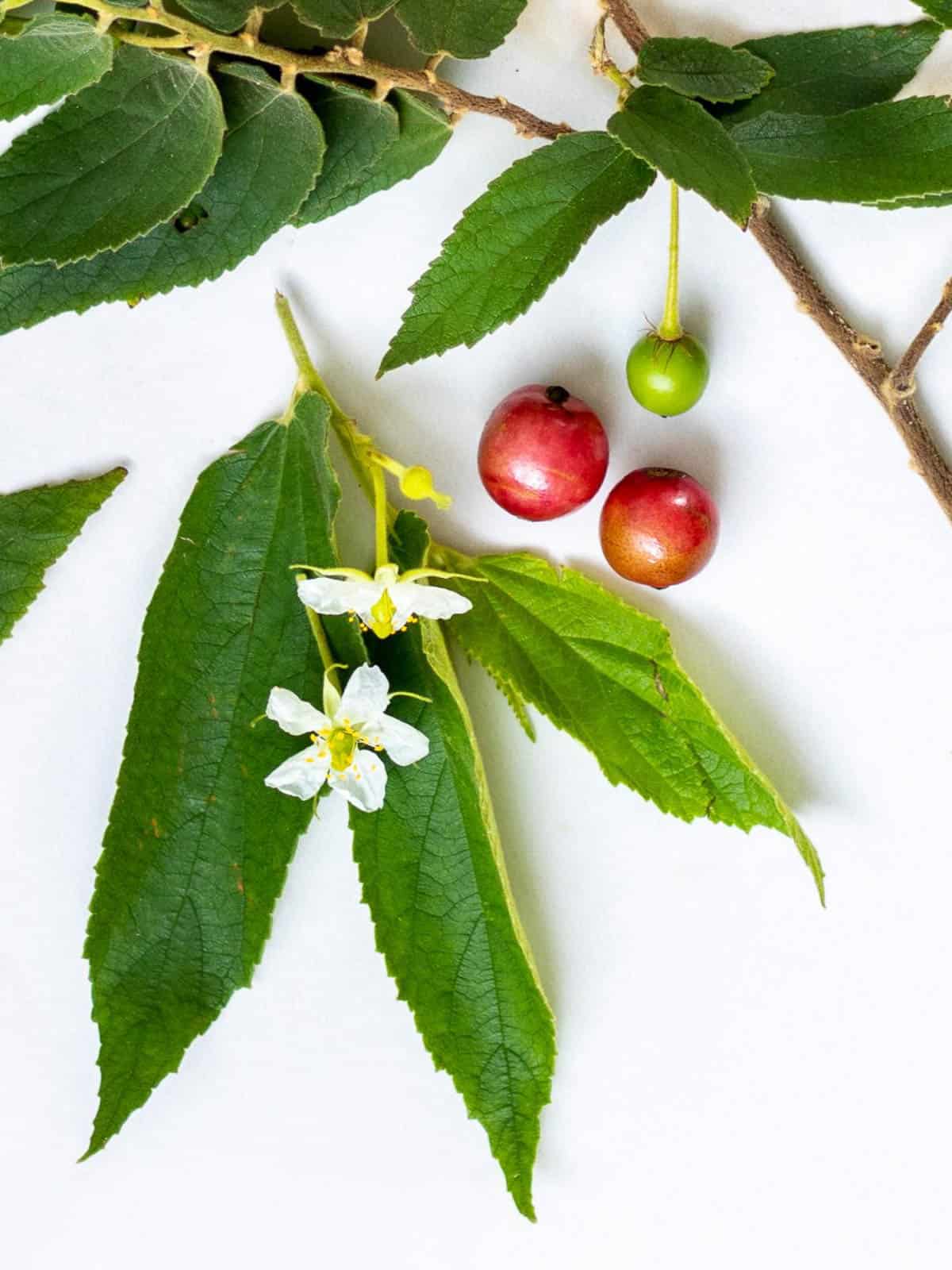
It would take a while to pick a good lot of the tiny red berries. Plus, I am thinking they don't make it to farmers' markets because they don't last long on a shelf.
Once they are harvested, the thin-skinned berries will only last a few days even if they are refrigerated.
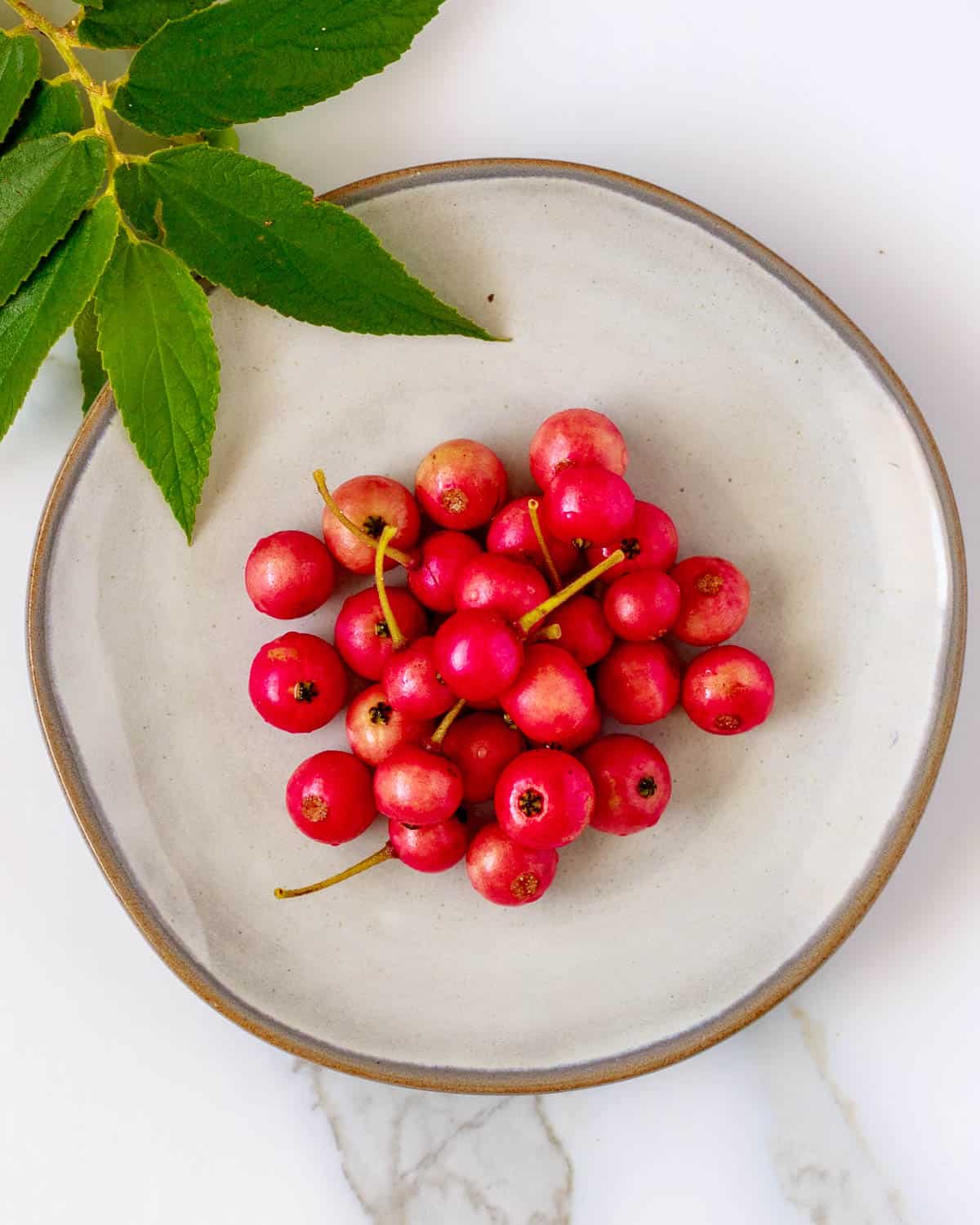
Thus, I suspect most people who don't have Jamaican cherry trees of their own rely on the generosity of friends and neighbors who are growing them on their property.
🥣 Ways to eat
The tiny berries of Jamaica cherry make irresistible snacking when eaten raw out of hand. The tender-crisp skin gives way to juicy fruit that's soft, perfumed, and predominantly sweet.
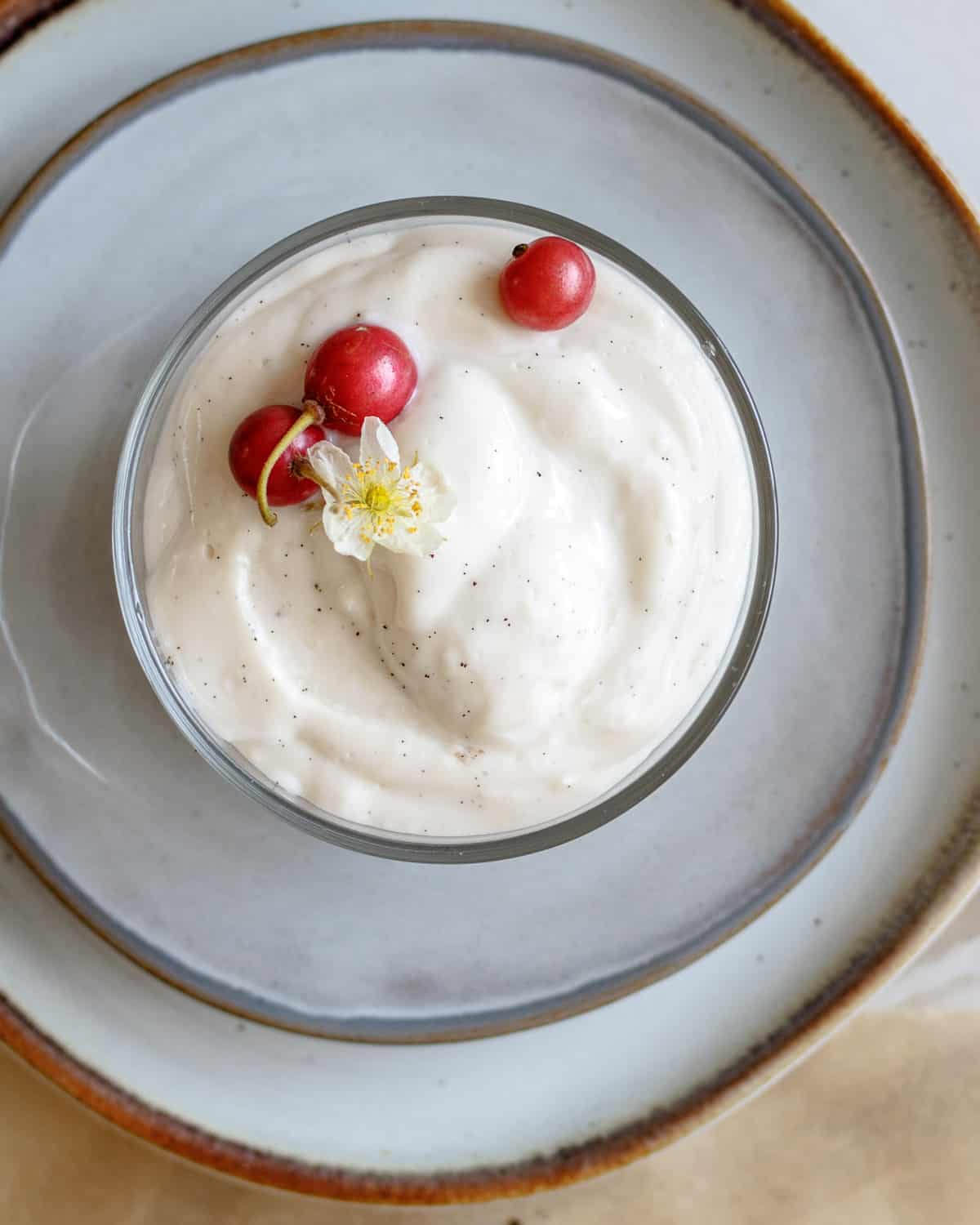
Because they are dear where we live, I like to sprinkle them on top of Vanilla Bean Pudding for a special treat.
If you have access to a tree that is as prolific as the stories tell, you might like to try juicing them or cooking them in tarts, sauces, or jam.
They are bound to be welcome mixed into tropical fruit salads and tossed over yogurt or chia pudding.
Flowers
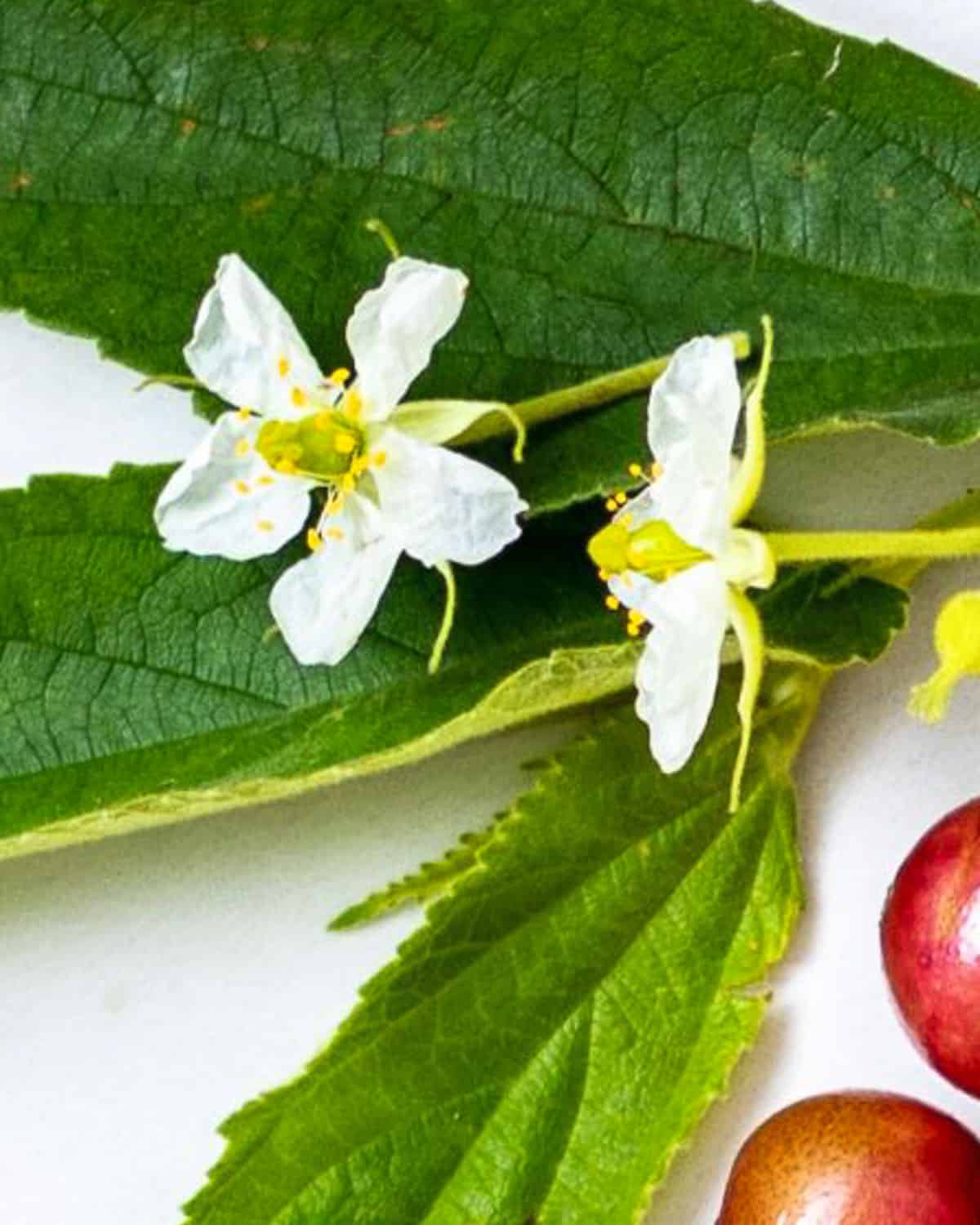
The name strawberry tree, common in Florida, is misleading. The moniker strawberry is a more apt reference to the fact that Jamaican cherry tree flowers resemble the white flowers of strawberry plants.
The delicate flowers are loved by both bees and hummingbirds. I can only imagine what the honey from this sugar plum tree tastes like.

Collectively, the light fragrance of calabura flowers leaves a beautiful fragrance for anyone walking under the canopy of a tall tree.
A fun fact is that the small, five-petaled white flowers open at dawn and only last for one day.
Leaves

The generous leaves of the Jamaican cherry tree also have a delicate character. They're soft and suede-like.
The leaves make a pleasant-tasting tisane. Surprisingly, the green leaves turn a light golden color similar to chamomile tea. The mouthfeel is very soft, and I find sipping the warm tea relaxing.
🌟 A rare family
It's fascinating how exclusive Muntingia calabura's plant family is. There are only three genera in the family. The family is called Muntingiaceae, and all three genera are flowering trees.
Of note is the fact that each tree is its own singular species. Of the three, only Jamaican cherry goes by common names.
Indeed, the rarest of the two siblings is Neotessmannia Uniflora Burret. It's confined to its native habitat in Amazonian Peru.
I searched high and low but couldn't find any photos of its fruit and flowers. It would be so exciting to know someone who has actually seen this species. Be sure and drop me a line if that person is you!
🐝 Uses
In addition to the culinary and medicinal uses of Jamaican cherry trees, there are several other environmental and practical benefits. They provide:
- Shade and shelter
- Wildlife habitat
- Nectar for bees and hummingbirds
- Erosion control
- Fiber and bark for rope and basket making
- Wood suitable for boxes and light construction
- Timber for fast-igniting fuel with a low smoke output
🪴 Growing
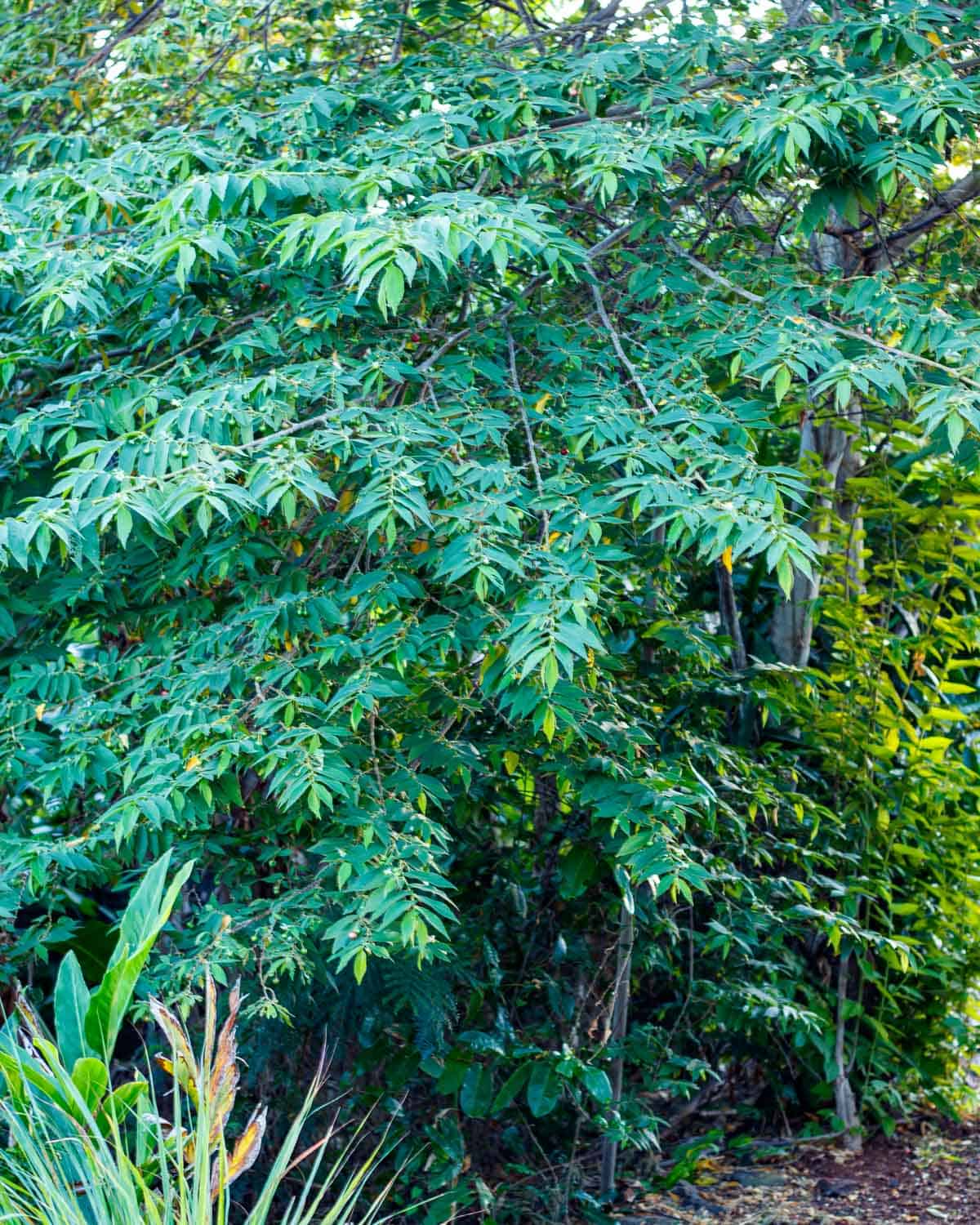
Muntingia can be grown from cuttings but is most often propagated by seeds. Isn't it incredible to think a tree that grows as tall as 40 feet grows from seeds that are so small they are hard to see?
Though supply is dependent on availability, there are resources for gardeners who would like to have a Jamaica cherry tree shipped to them.
Check out Well Spring Gardens, Sow Exotic, and Logees if Muntingia calabura is on your must-have list.
Garden Oracle has growing tips and helpful information on cultivation for those living in Arizona and California.
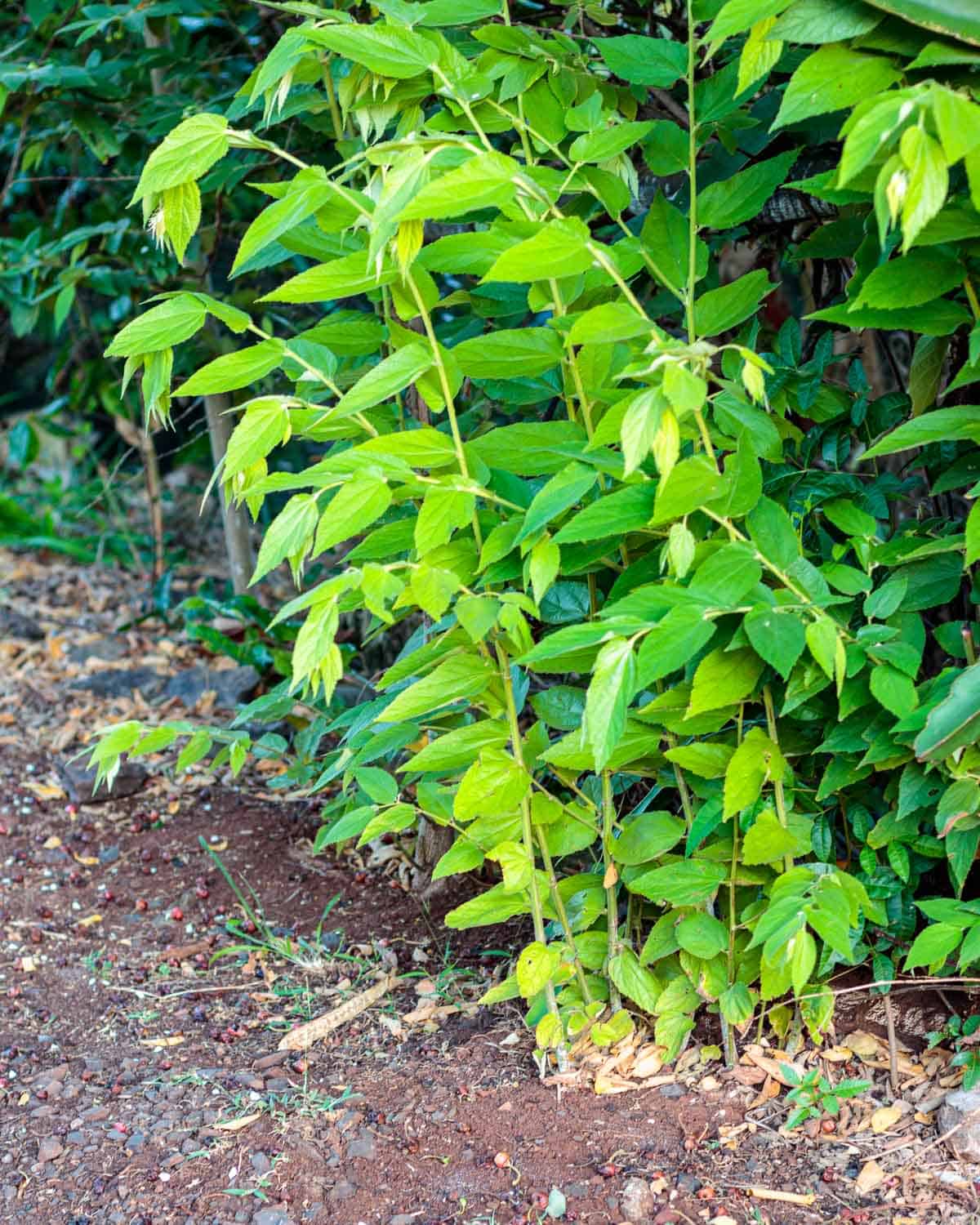
It's worth noting that Muntingia calabura spreads by suckers and seeds and can threaten ecosystems in some areas.
It's rated as a high-risk plant for the Pacific Islands by PIER and is noted by Cabi.org as invasive in Puerto Rico, Singapore, and Papua New Guinea.
🍈 More exotic tropical fruits
👩🏼⚕️ Safety
Always be one hundred percent sure of your plant identification if consuming foraged or wild plants. Finally, follow your doctor's advice when eating new or unfamiliar plants, especially if you are pregnant or taking any medications.
Enjoyed this post? Leave a comment, ⭐ ⭐ ⭐ ⭐ ⭐ rate it, and follow @poppyswildkitchen on Instagram. Aloha!




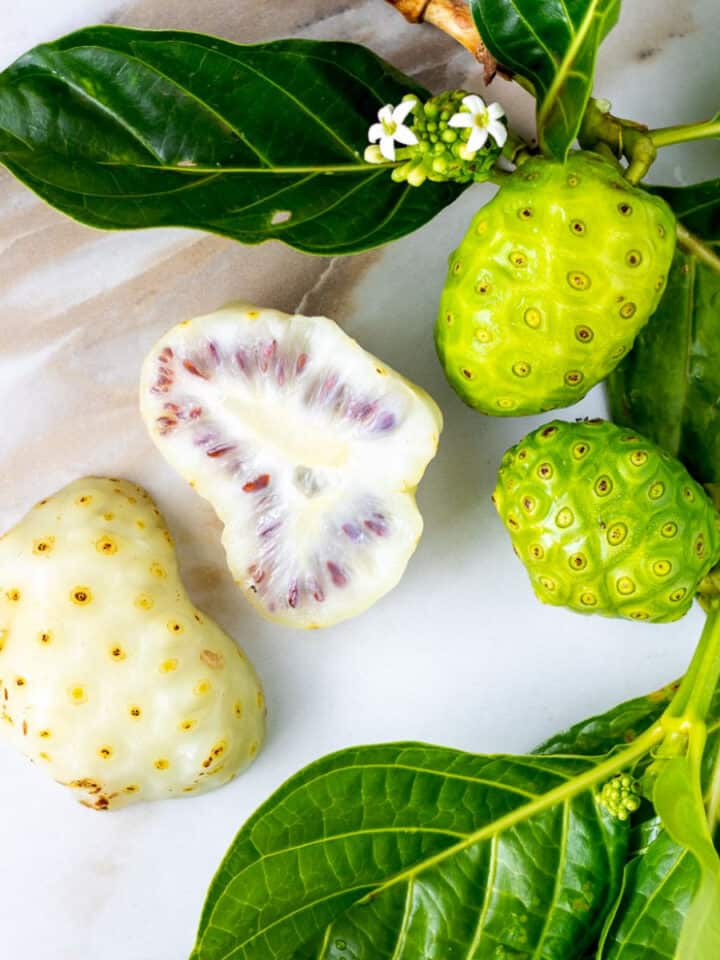
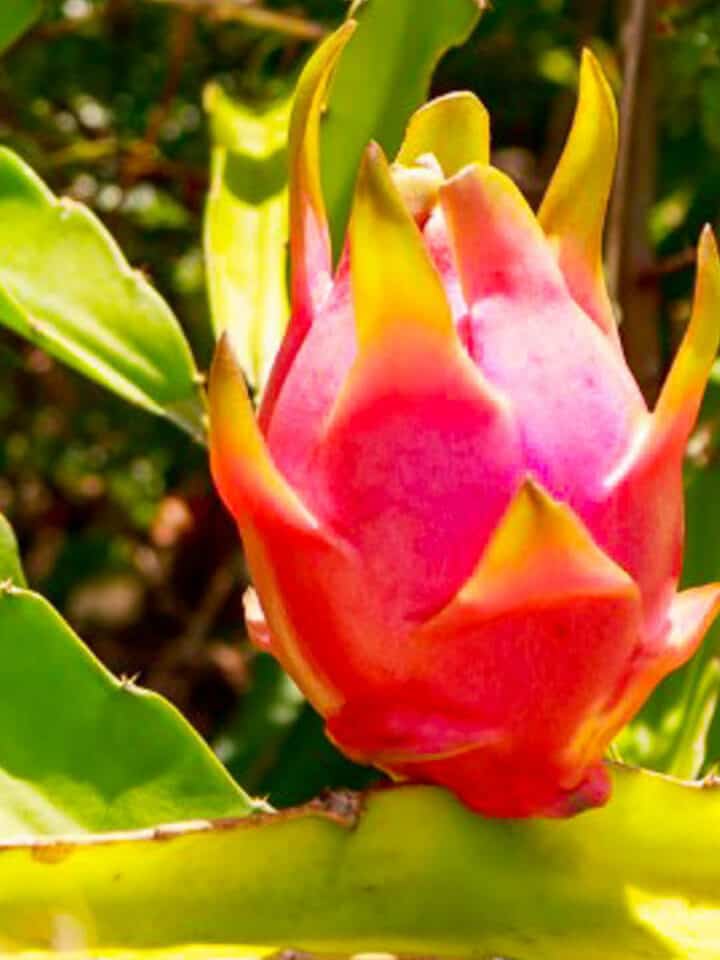
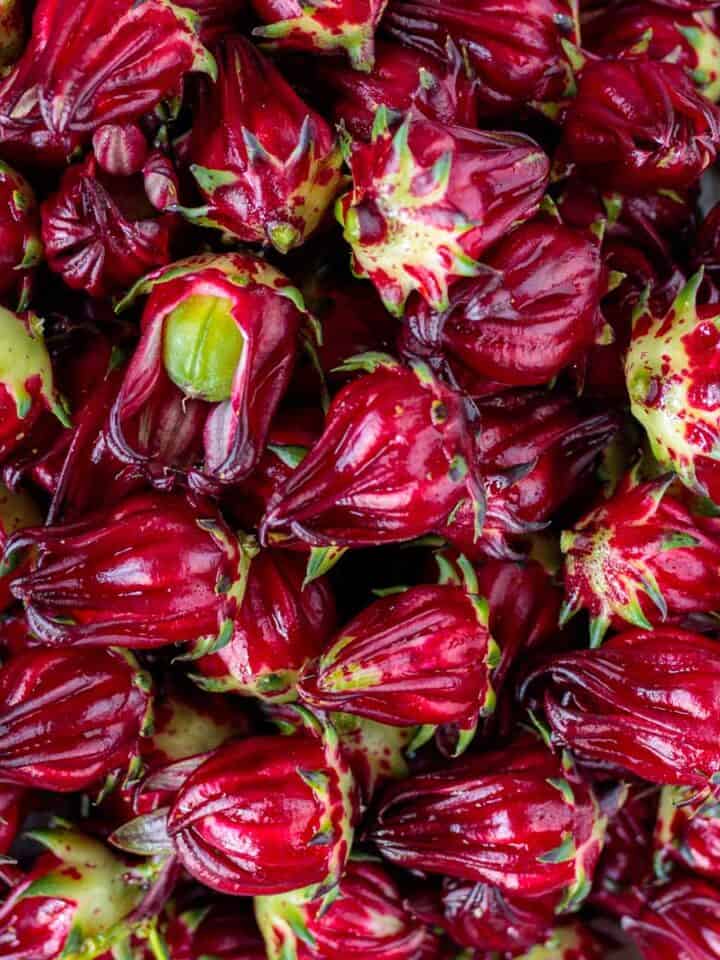
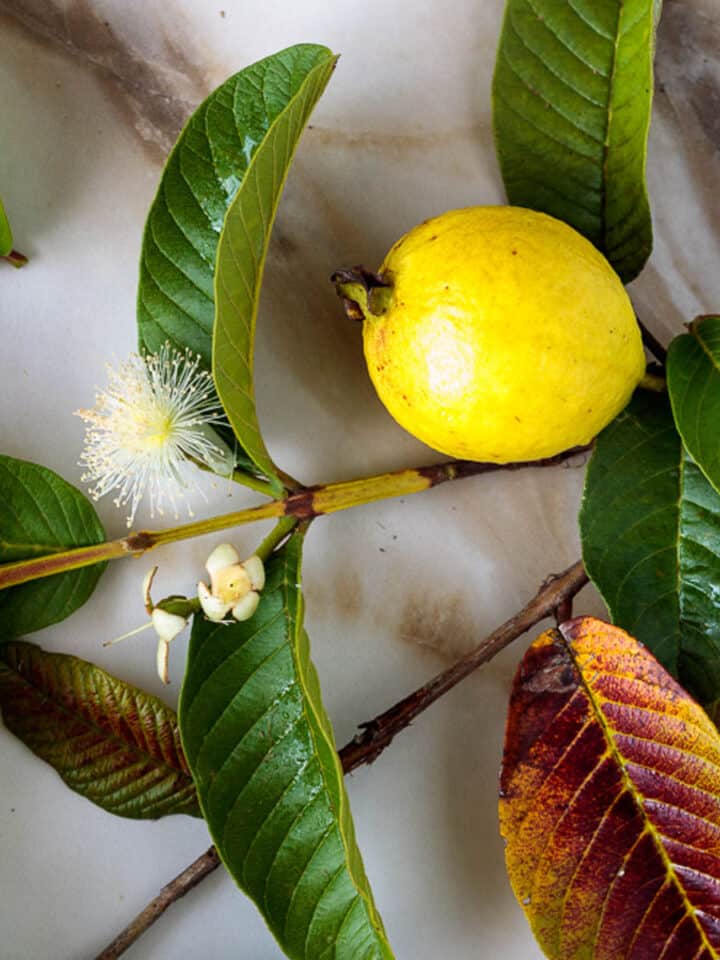
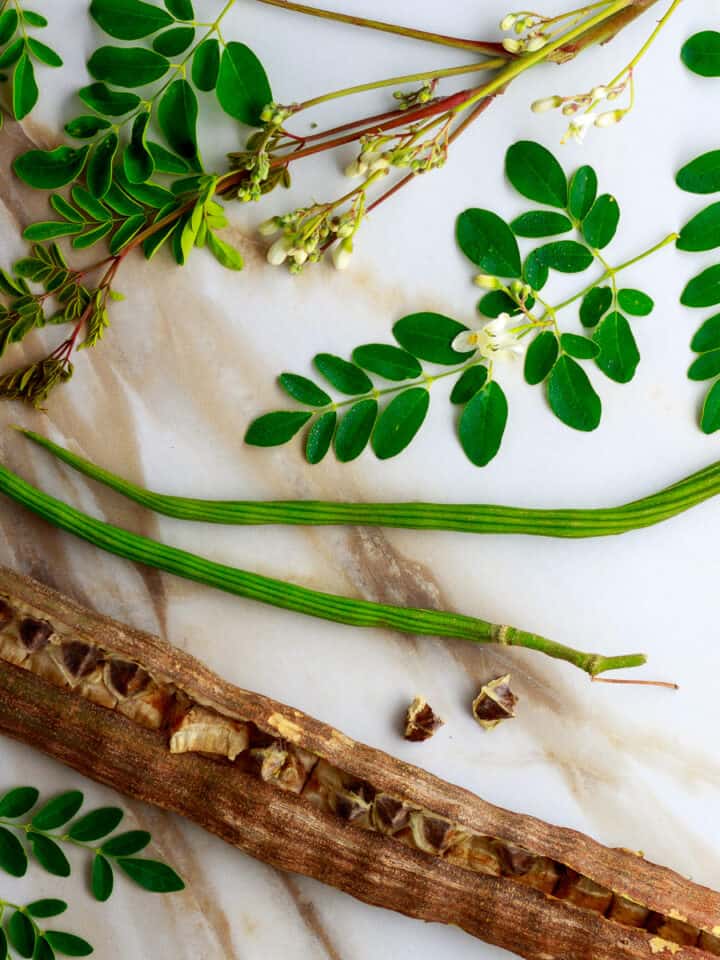
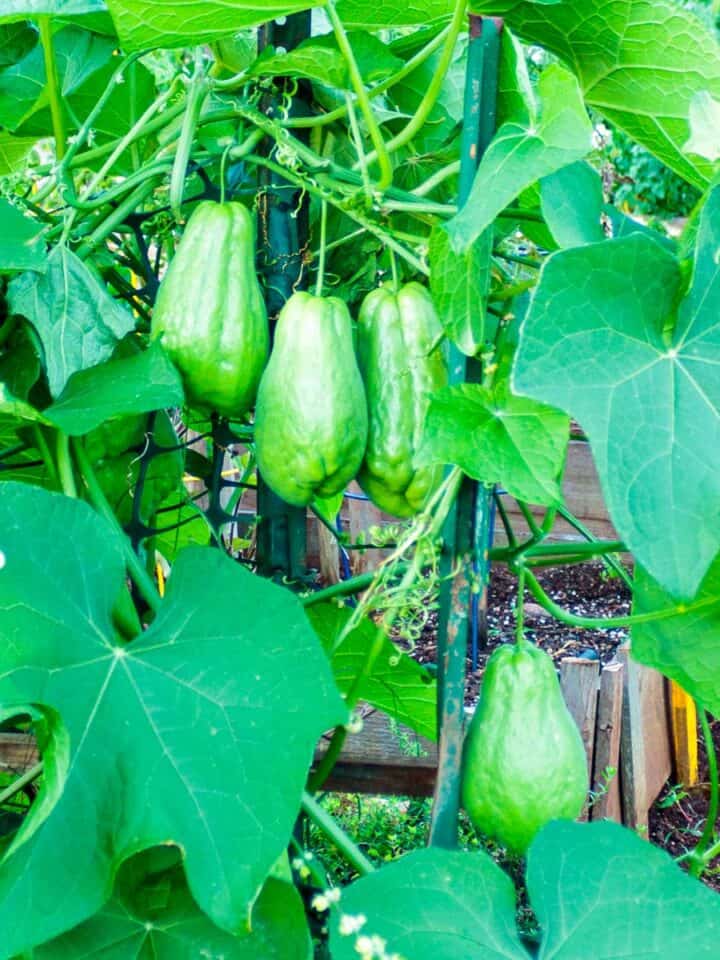
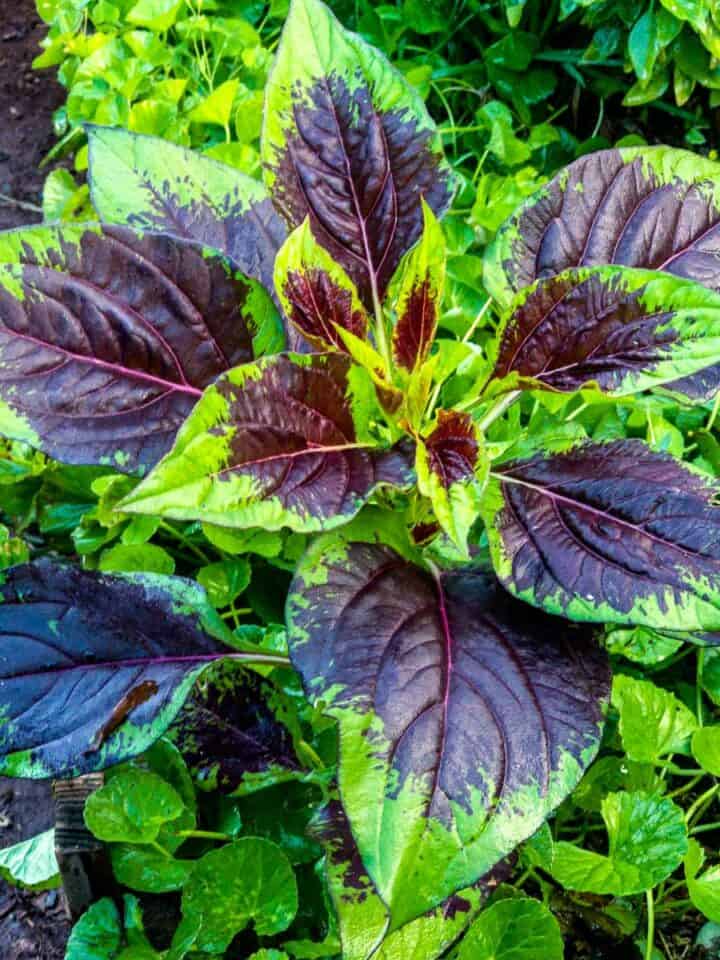
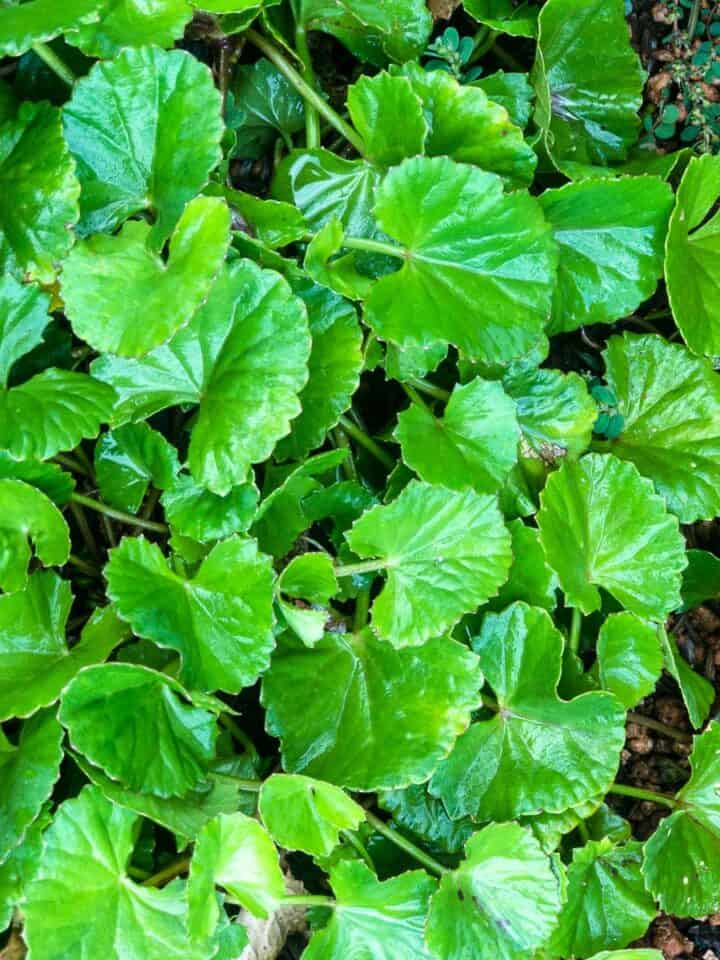
kiko
I am Japanese and I live in Japan. One day a tiny sprout sprouted into my empty pot and it grew surprisingly fast. I spent a lot of time trying to find the name of it and found out the name of the plant here.How did the seeds come to this place, which is like the end of the East? I'm still very curious how this seed came about.My tree is about to bear fruit. I'm looking forward to the harvest!
Poppy Hudson
That's magical!
Celeste
A very informative read. Who knew?
Poppy Hudson
I know- aren't plants amazing!
Elise
Oh cotton candy, I want to try, hope that I will find some one day!
poppyswildkitchen
I hope you can too. They are an amazing fruit! I'll keep you in mind when they ripen again and I can pick a few.